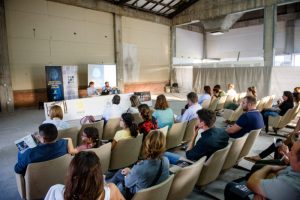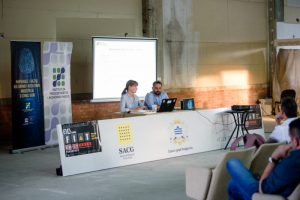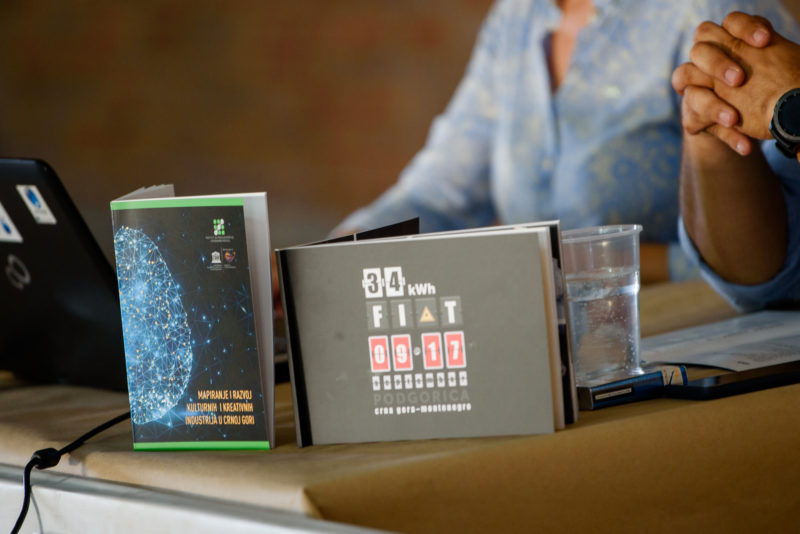Within the second day of the International Alternative Theatre Festival (FIAT) at the Creative Industry Forum, on Tuesday, September 10, 2019, the results of research and mapping on the cultural and creative industries in Montenegro were presented in the premises of Collector of the Union of Architects of Montenegro, by Institute for Entrepreneurship and Economic Development (IPER) under the project ‘Development of Cultural and Creative Industries as Part of a Sustainable Economic Sector in Montenegro’ supported by the UNESCO International Fund for Cultural Diversity.
The presentation presents the methodological approach used in the mapping process, the coverage of the cultural and creative industries in terms of what they really cover, as well as key economic parameters that measure the degree of development of the cultural and creative industries in Montenegro.
As explained at the presentation itself, there is no unique definition of the cultural and creative industries and international literature provides a wide range of mapping approaches that differ in definition and scope, so that comparisons between countries cannot be made.
Starting from a comprehensive analysis of international mapping experiences and national specificities, 11 sectors and 40 activities in the field of cultural and creative industries in Montenegro have been defined. The cultural and creative industries include the following sectors: museums, libraries and heritage; music, visual and performing arts; design; movie; photography; architecture; computer programs and games; electronic media; publishing; advertising and marketing communications and arts and traditional crafts.
Estimates of the economic contribution of the cultural and creative industries, based on the official data of the institutions, showed that in 2017 CCIs accounted for: 1.5% of gross value added (GVA) compared to the GVA of Montenegro; 3.5% of registered business entities; 4.4% of employees in the cultural and creative professions; 3.2% of the total number of employees in business entities at the level of Montenegro; 1.4% of the total revenues of business entities; 1.7% of total exports of services, as well as 2.3% of total household expenditure on culture and related activities.
The results are presented for the period from 2014 to 2017, showing the growth of almost all parameters including GVA, number of businesses, number of employees, as well as household allocations for cultural services. Although nominal growth in major economic parameters in the CCI was recorded, their participation was maintained at almost the same level, showing that the development of the CCI was accompanied by the growth of the overall economy.
In the forthcoming period, the project activities related to have been continued: promotion of successful entrepreneurship stories in the field of CCI, development of guidelines for the further development of cultural creative industries and encouraging the development of entrepreneurial skills in the sector through the implementation of trainings for entrepreneurs.
FIAT is implemented under the sponsorhip of the Ministry of Culture of Montenegro and the Capital of Podgorica, as well as with the help of other donors and friends of the festival.




